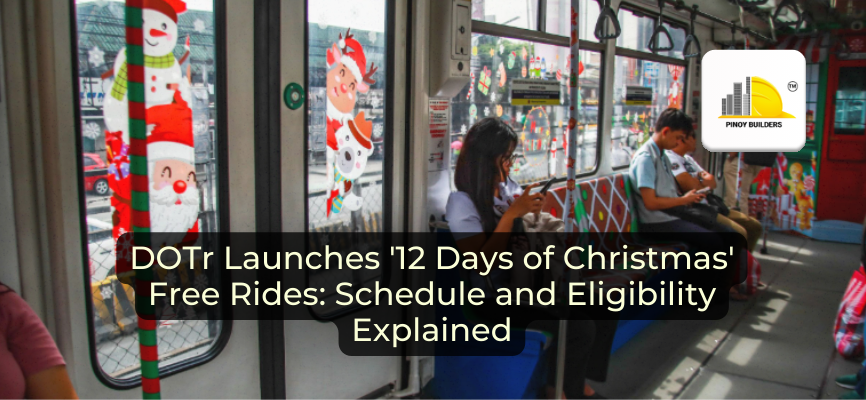Water dams play a crucial role in our everyday lives. Yet, their benefits are often taken for granted. From the simplest household chores to more demanding tasks, dams provide the water needed to get things done. Without them, many communities would struggle with limited or inconsistent water access. Their presence is essential to both convenience and public well-being.
Dams come in different types, each designed for specific functions. One of the most critical is the flood control dam. These structures collect and store rainwater, keeping it contained to prevent flooding in nearby areas. When functioning properly, they protect communities from water-related disasters. However, if a dam fails to do its job, the consequences can be devastating.
In this article, we wil explore the role of water dams in flood control and the potential risks that arise when these structures are compromised.
The Role Of Water Dams In Flooding
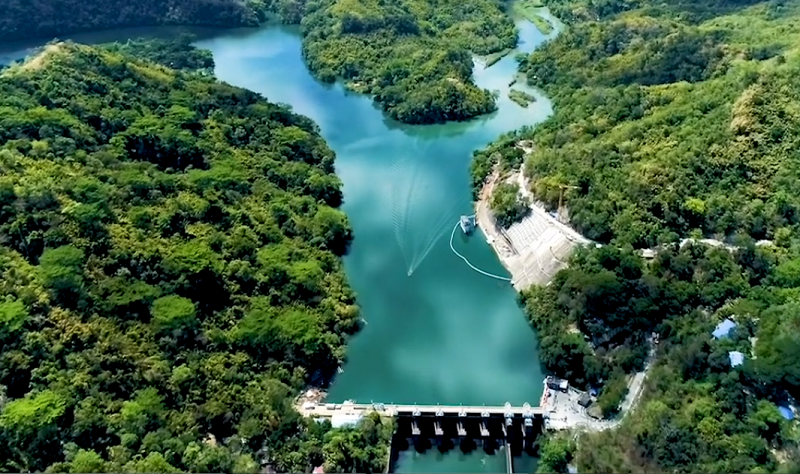
In flood control, water dams are used to collect and impound excess water from heavy rainfall that would otherwise be flooding the nearby communities in the area. Collected water in these flood-collecting dams is then released downstream to a nearby river or diverted to different locations to be used for other purposes like irrigation.
Water Dams In Preventing Floods
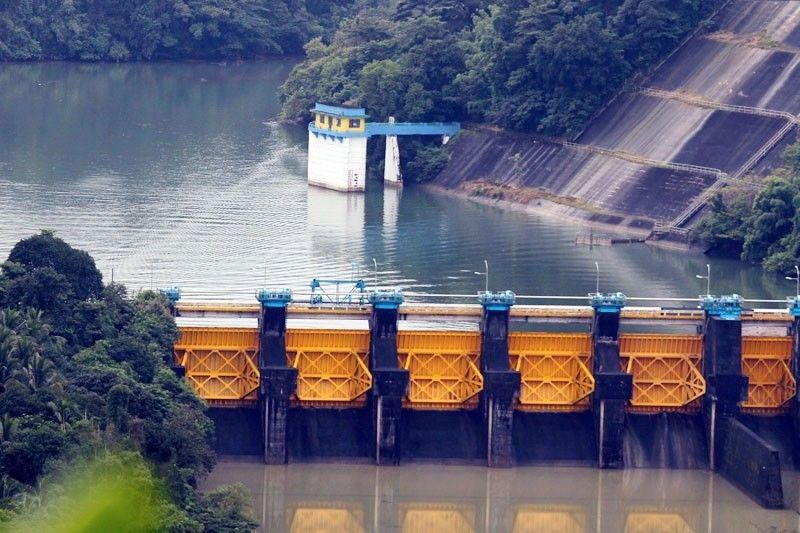
Flood-collecting dams are used to protect the land from potential flooding by collecting the water and retaining it until it reaches a certain level. These dams, otherwise known as flow-through dams, are dams built at the same level as the riverbed with holes or spillways on the walls of the infrastructure to allow the water to continue flowing through if the water levels are not rising significantly. This means that this type of water dam will not restrict the natural water flow downstream if there is no excess water to collect and impound.
Flood-collecting dams are built to protect the surrounding farmlands and the crops planted near the area for irrigation. Flood-collecting dams will only begin to retrain the flow of water once the levels start rising. When necessitated, the contents will be released in a controlled process to prevent quick overspill in drastic situations. In most circumstances, these dams can also serve multiple purposes operating as a water supply for domestic and industrial use, a power facility through hydropower generation, and sometimes even for ecosystem management purposes like fish passages to accommodate local fish migration.
The Role Of Water Dams In Floods
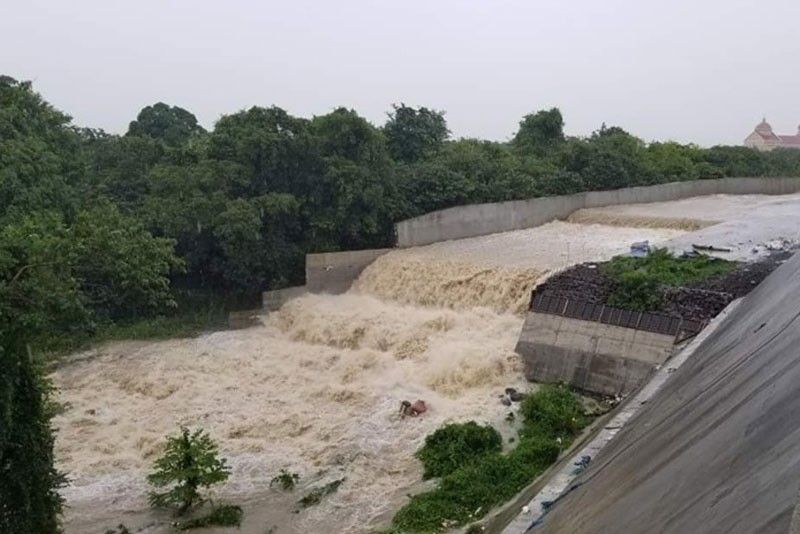
Water dams are often seen as protective structures, offering nearby communities easy access to water and a sense of safety from flooding. However, they can also be the source of sudden and devastating floods. In many cases, dams are constructed without fully considering the long-term hydrology of the rivers they connect to or how the surrounding environment may change as the infrastructure ages.
Even though dams are built to be structurally sound, they are not infallible. Their ability to store water has a limit. During periods of heavy rainfall, this capacity can be overwhelmed. When that happens, the dam may overflow and inundate nearby areas, or operators may need to release water through spillways, which can also lead to flooding along connected waterways.
While dams help manage rainwater and prevent smaller-scale floods, they can pose greater risks once their capacity is exceeded. Water released from dams often comes in powerful surges, strong enough to damage crops, destroy infrastructure, and displace entire communities.
The Importance Of Water Dams In Flood Collection
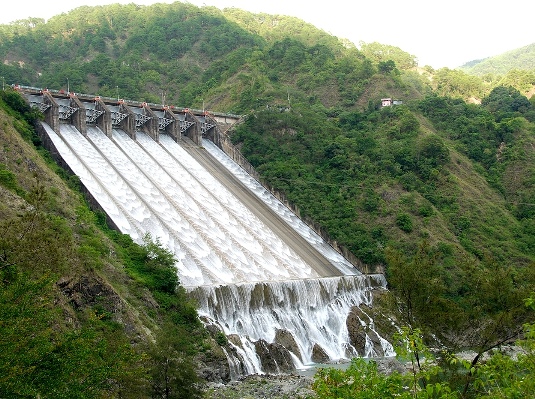
Water dams are typically built for a variety of purposes. One of their most important functions is water collection, which helps reduce the risk of flooding in nearby areas. While dams offer clear benefits, they can also become dangerous when they fail to operate as designed.
References:
- ReliefWeb. (2001, June 21). Dams accused of role in flooding: Research Paper: “Dams and Floods” – Bangladesh. ReliefWeb. Retrieved August 3, 2023, from https://reliefweb.int/report/bangladesh/dams-accused-role-flooding-research-paper-dams-and-floods
- Risk Factor™. (n.d.). Understand how flood control projects reduce flood risk. Risk Factor™. Retrieved August 3, 2023, from https://help.riskfactor.com/hc/en-us/articles/360050117074-Understand-how-flood-control-projects-reduce-flood-risk
- Teach Engineering. (n.d.). Water Resources: Why Do We Build Dams? – Lesson. Teach Engineering. Retrieved August 3, 2023, from https://www.teachengineering.org/lessons/view/cub_dams_lesson01
- Trusted Choice. (n.d.). How Do Dams Protect Against Flooding? Trusted Choice. Retrieved August 3, 2023, from https://www.trustedchoice.com/ask-an-insurance-agent/how-do-dams-protect-against-flooding/









